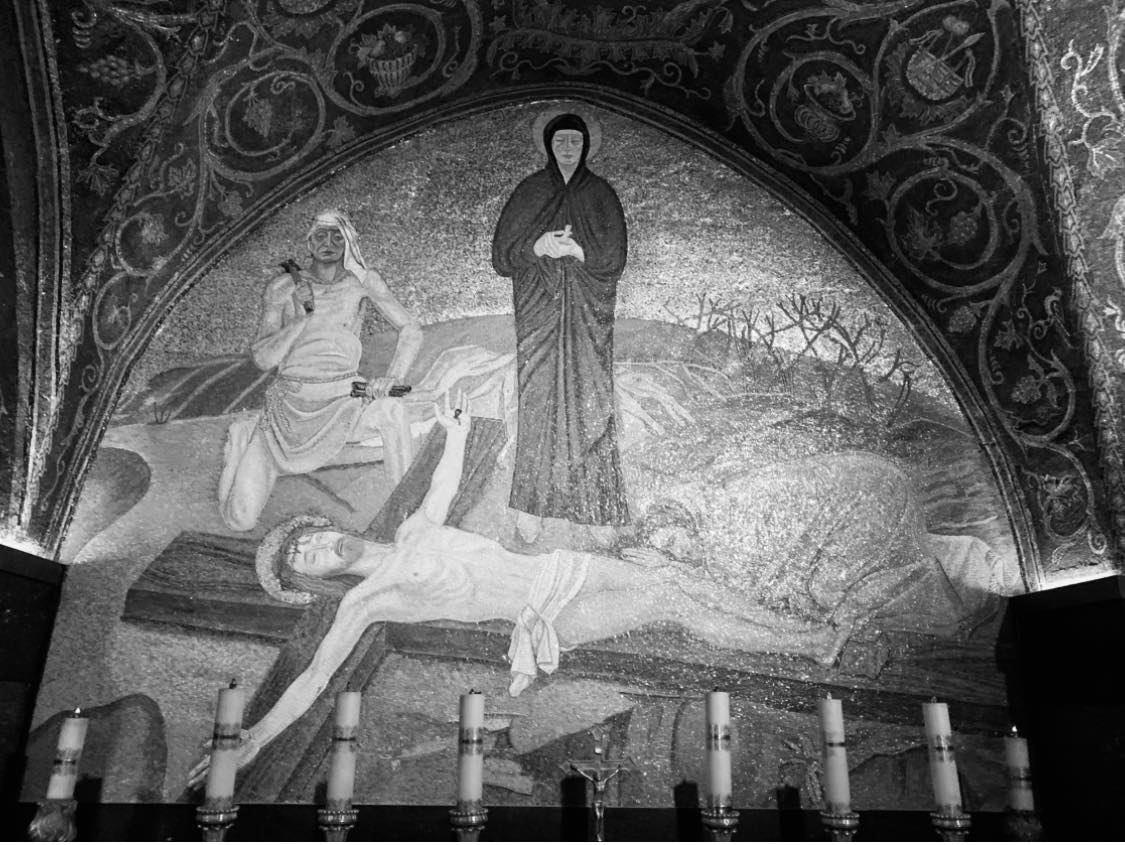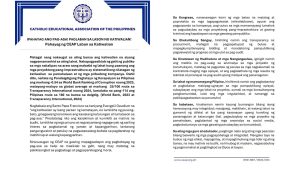87 total views

Num 21:4-9
The bronze serpent that Moses raised on a pole is a pivotal “type” in salvation history. It reveals God’s mercy toward a sinful people, points to the saving work of Christ on the Cross, and anticipates the sacrament of Baptism, through which believers are “raised up” to new life.
Phil 2:6-11
In Paul’s letter to the Philippians, he stresses humility and mutual support within the Christian community, urging them to adopt Christ-like attitudes (v5). The hymn illustrates this humility through Christ’s descent from divine form to human form and obedient death (vv6-8). It highlights His incarnation as a total self-surrender of His divine status (v7), taking on the weak human condition. Christ’s obedience, culminating in His death on a cross, is central to Christian belief (v8). In the following exaltation (vv9-11), God grants Christ a superior position and the title of “Lord,” contrasting His former state of servitude with His universal recognition.
John 3:3-17
This passage emphasizes the central role of the cross in God’s plan for salvation, linking it to the bronze serpent Moses raised for Israel’s deliverance (Num 21:6-9). Jesus’ conversation with Nicodemus highlights that accepting Him as the divine “I AM” is key to salvation. God’s initiative of love is exemplified by His willingness to give His only Son for humanity’s salvation (v16). The text clarifies that God does not send His Son to condemn but to save the world (v17). Belief in Christ leads to eternal life (v15), while rejection results in self condemnation (vv18f). Embracing the light of Christ leads to truth and good works, while choosing darkness signifies hidden evil and self-judgment.
The cross is the ultimate symbol of God’s love, yet it remains a cross. In today’s society, there is a tendency to seek as little of the cross as possible. Suffering is often seen as meaningless, and sacrifice is a term rarely used. A Christianity without the cross represents, at best, a half-truth.
As we embrace the joy of an eternal life that has already begun, we must learn to incorporate our crosses into our faith journey. This is the only way to truly follow the One who has gone before us. Amen!








